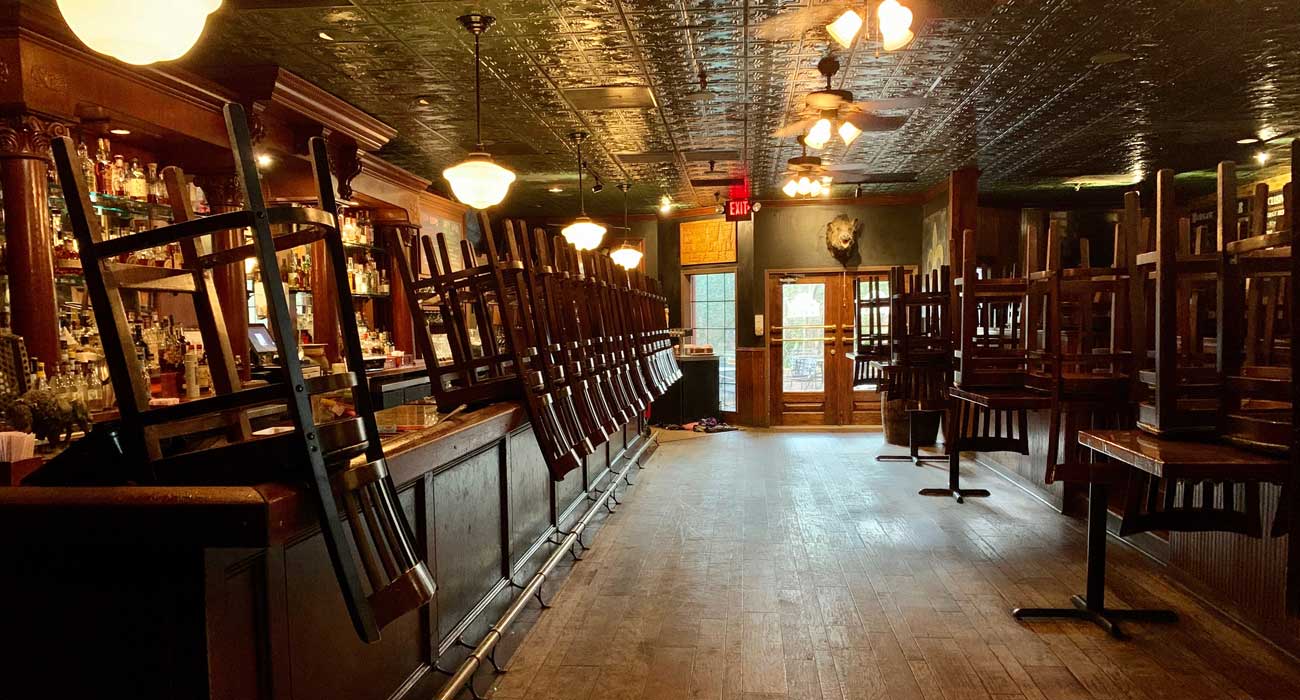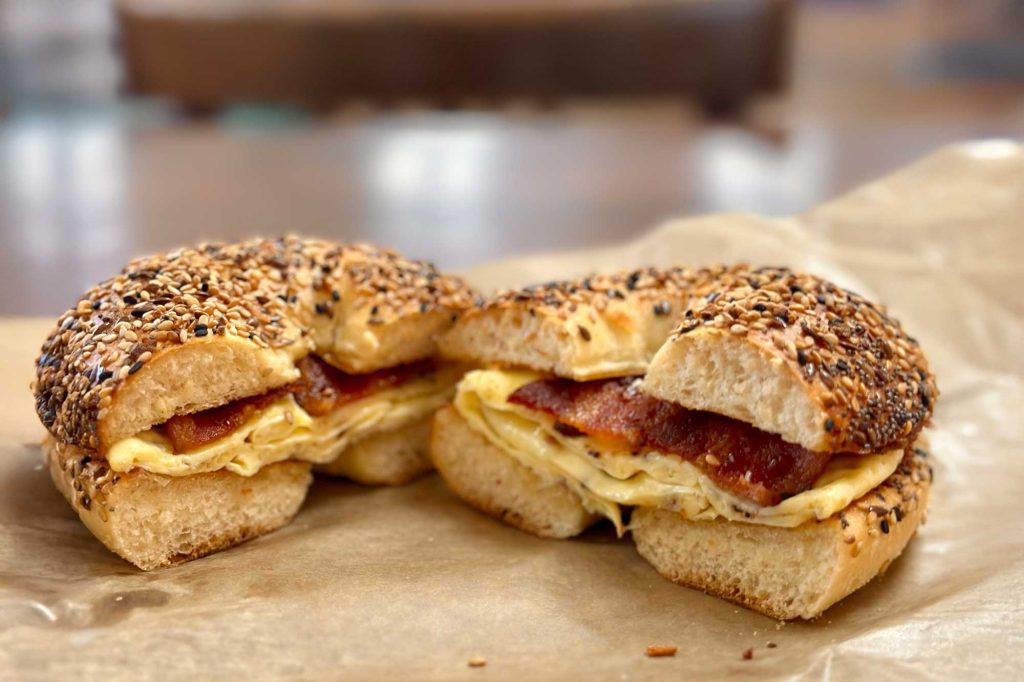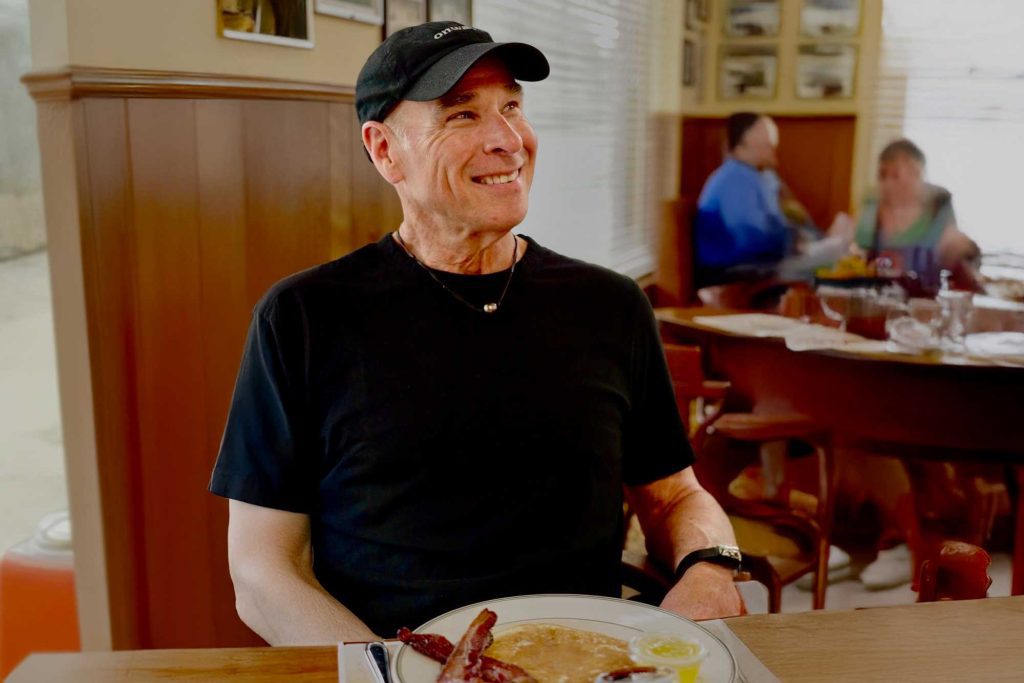Since the pandemic hit America the question I’m most often asked is, “How are you doing? How are the restaurants?”
My standard answer is, “It’s not a great time to be in the restaurant business. It is, however, a great time to be in the grocery store business.” Actually, it’s probably the worst time in the history of the restaurant business to be in the restaurant business. Though three months into this mess, things are starting to look a little better.
Two weeks into the shutdown I was extremely worried. The restaurant business is a volatile and risky business in normal times. Throw a global pandemic into the mix and it’s a three-alarm dumpster fire in the express lane of the hot-mess express.
There was a point in time, in the early days, when it looked like all of our businesses were going to close, I was going to have to declare bankruptcy, and the 300 team members who depend on the decisions I make to feed their families were going to be looking for new jobs. But if they planned to stay in the restaurant business, it didn’t look like there were going to be any jobs available. My industry was on the precipice of a catastrophe from which there would be no return.
I was having conversations with my wife and children about what would happen when we closed all of the restaurants. I told the kids that we were probably going to have to sell our house, and things were going to be a lot different going forward. Those are sobering conversations.
The government stepped up and the Payroll Protection Plan saved our businesses in many ways. We have six restaurants and two bars. Three of the companies were able to take advantage of the PPP. In the case of a couple of the others, it didn’t make practical business sense at the time. The PPP was a lifesaver, although it was a temporary lifesaver. It was an eight-week solution— which was later modified to a 24-week solution— to what we know now is an 18-month problem. Even with the temporary boost from the PPP, it was apparent restaurants weren’t coming back anytime soon.
Restaurants are unique and the business model for restaurants is singular. Unlike most other businesses, restaurants are based on seating capacity. When opening a restaurant, all decisions are based on seating capacity. Actually, the first decision one makes when developing a restaurant concept is to determine the seating capacity, and how many times one feels he or she will be able to turn those seats over during a particular meal period. Seating capacity dictates management budget, general labor budget, loan payment amounts to the bank, and the budget that will be spent on furniture, fixtures, equipment, and rent or mortgage payments. It’s all based on seating capacity.
If one owns a boutique or a sporting goods store, they may open at 9:00 AM and close at 9:00 PM. All throughout the day customers trickle into the business and purchase their goods. The restaurant business model is much different. A typical restaurant opens at 11:00 AM and from the tight window of 11:30 AM until 1:00 PM they have to make all of the sales they’re going to make for the lunch period. It’s a 1 ½-hour window. It’s the same at dinner, the meat of which occurs from 7:00 PM until 8:30 PM. Restaurateurs average about three hours a day for potential sales.
When seating capacity is reduced by 50% it becomes an unworkable business model going forward. I would venture to guess that 80% of restaurants cannot survive under a 50% seating-capacity model for more than a couple of months.
In the middle of all of this pandemic, I was speaking to a friend of mine who owns a national food production company. He was worried because he was going to have to retrofit three of his plants from foodservice production (restaurants) to retail production (grocery stores). This gentleman was about to spend millions of dollars because it was understood in his industry that over 160,000 restaurants were going to close due to this global pandemic. That is the future I was staring at. No one had to convince me of those statistics, because I was living in that reality. We were facing the end of the restaurant business as America knew it.
In walked Senator Roger Wicker to save the day.
Last week I was honored to be a part of a press conference that announced a bill that— if passed— will save the restaurant industry. It’s a bipartisan bill sponsored by U.S. Rep. Earl Blumenauer, D-Oregon in the House of Representatives, with bipartisan support and my home-state senator, Roger Wicker R-Miss, who also has bipartisan support.
Senator Wicker lives in Tupelo Miss, the birthplace of the King of Rock and Roll. He has, in a matter of weeks, become King of the Restaurant Business. If his bill passes, he will have saved an entire industry not only in Mississippi but in the United States of America.
Independent restaurants are a severely distressed sector of the American economy. We have a unique vulnerability as we were the hardest hit by COVID-19. We rely on social gathering. Independent restaurants across the nation employ the most people. The restaurant industry, taken as an employer, is the second-largest job provider next to the government and accounts for 4% of the nation’s Gross Domestic Product. Independent restaurants provide 11 million jobs (in comparison the airline industry employs 700,000), but there are also five million ancillary jobs such as farmers, fishermen, suppliers, and truck drivers who depend on the independent restaurant business.
There are 500,000 independent restaurants in America and a majority of them were looking at forced closure and bankruptcy just a few weeks ago. The restaurant business runs on very thin margins. The typical restaurant brings home 5% to the bottom line.
This column is read statewide in local newspapers, but across the country via email subscriptions. In this moment, and facing this issue, I have never been prouder to be a Mississippian. I am grateful to have worked alongside Senator Wicker and his staff in bringing us to this point. We are in the red zone and it’s first and goal. It’s now time to get this ball across the goal line and get this bill signed into law. Eleven million restaurateurs along with their team members, and five million farmers, fishermen, and suppliers hang in the balance.




